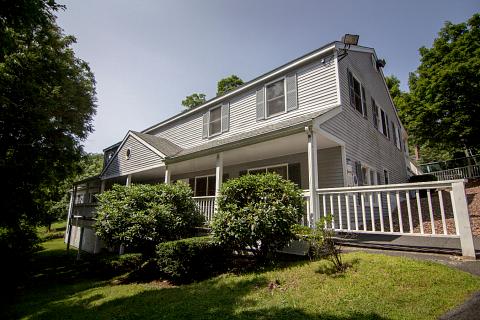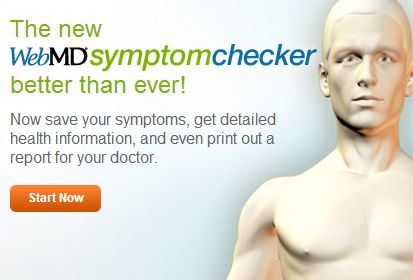Certified Patient-Centered Medical Home

Town and Country Pediatrics and Family Medicine is recognized by the National Committee on Quality Assurance as a level-3 Patient-Centered Medical Home. As a Patient-Centered Medical Home, we are committed to the following:
- Caring for the entire range of the health of our patients, including behavioral health, and being responsible for coordinating care across settings.
- Providing information about our office hours; where to seek after-hours care; and how to communicate with the personal clinician and team, including requesting and receiving clinical advice during and after business hours.
- Obtaining comprehensive patient information such as medications; visits to specialists; medical history; health status; recent test results; self-care information; and data from recent hospitalizations, specialty care or ER visits.
- Providing evidence-based care to patients, as well as support for self-management of their health and health care.

In 2013 we scored 100% in hypertension care blood-pressure assessment, and we had a 95% patient satisfaction rate with regard to office wait time. According to the state of CT Department of Social Services, less than 1% of our asthma patients have needed o visit the ER, and we scored 100% on appropriate medications for asthma patients.
Defining the PCMH
The medical home model holds promise as a way to improve health care in America by transforming how primary care is organized and delivered. Building on the work of a large and growing community, the Agency for Healthcare Research and Quality (AHRQ) defines a medical home not simply as a place but as a model of the organization of primary care that delivers the core functions of primary health care.
The medical home encompasses five functions and attributes:
1. Comprehensive Care
The primary care medical home is accountable for meeting the large majority of each patient’s physical and mental health care needs, including prevention and wellness, acute care, and chronic care. Providing comprehensive care requires a team of care providers. This team might include physicians, advanced practice nurses, physician assistants, nurses, pharmacists, nutritionists, social workers, educators, and care coordinators. Although some medical home practices may bring together large and diverse teams of care providers to meet the needs of their patients, many others, including smaller practices, will build virtual teams linking themselves and their patients to providers and services in their communities.
2. Patient-Centered
The primary care medical home provides primary health care that is relationship-based with an orientation toward the whole person. Partnering with patients and their families requires understanding and respecting each patient’s unique needs, culture, values, and preferences. The medical home practice actively supports patients in learning to manage and organize their own care at the level the patient chooses. Recognizing that patients and families are core members of the care team, medical home practices ensure that they are fully informed partners in establishing care plans.
More about Patient-Centered Care
3. Coordinated Care
The primary care medical home coordinates care across all elements of the broader health care system, including specialty care, hospitals, home health care, and community services and supports. Such coordination is particularly critical during transitions between sites of care, such as when patients are being discharged from the hospital. Medical home practices also excel at building clear and open communication among patients and families, the medical home, and members of the broader care team.
4. Accessible Services
The primary care medical home delivers accessible services with shorter waiting times for urgent needs, enhanced in-person hours, around-the-clock telephone or electronic access to a member of the care team, and alternative methods of communication such as email and telephone care. The medical home practice is responsive to patients’ preferences regarding access.
More about Accessible Services
5. Quality and Safety
The primary care medical home demonstrates a commitment to quality and quality improvement by ongoing engagement in activities such as using evidence-based medicine and clinical decision-support tools to guide shared decision making with patients and families, engaging in performance measurement and improvement, measuring and responding to patient experiences and patient satisfaction, and practicing population health management. Sharing robust quality and safety data and improvement activities publicly is also an important marker of a system-level commitment to quality.
AHRQ recognizes the central role of health IT in successfully operationalizing and implementing the key features of the medical home. Additionally, AHRQ notes that building a primary care delivery platform that the Nation can rely on for accessible, affordable, and high-quality health care will require significant workforce development and fundamental payment reform.
To view a list of foundational articles on the PCMH click here.
Download a copy of our PCMH Policy and Patient Handout
Without these critical elements, the potential of primary care will not be achieved.
Information provided by PCMH




 EZ-CMS Content Management System
EZ-CMS Content Management System